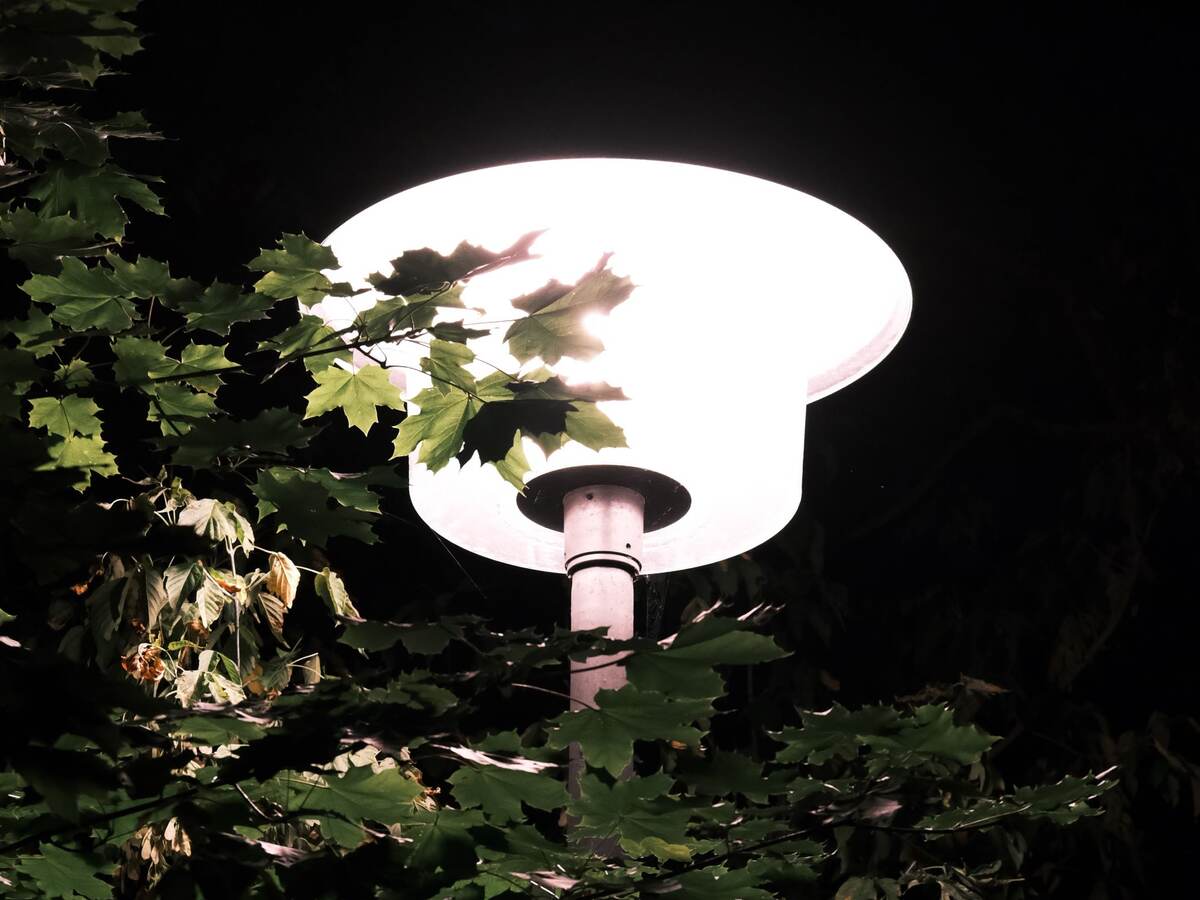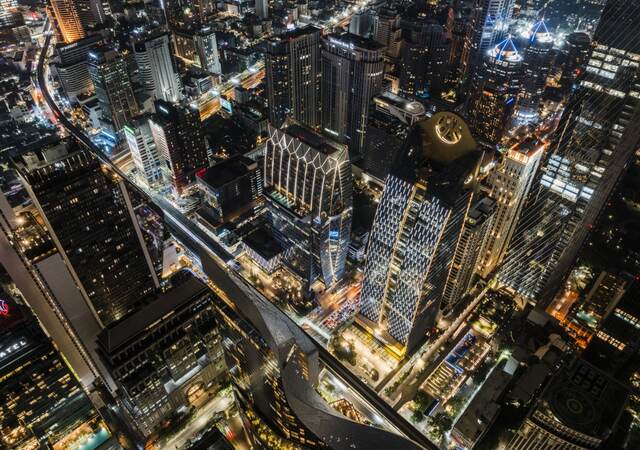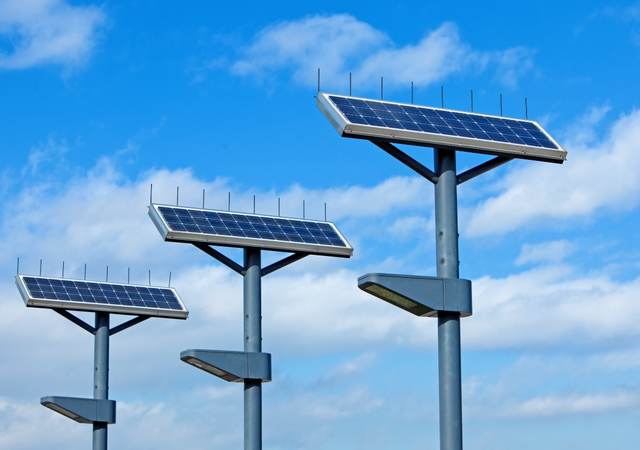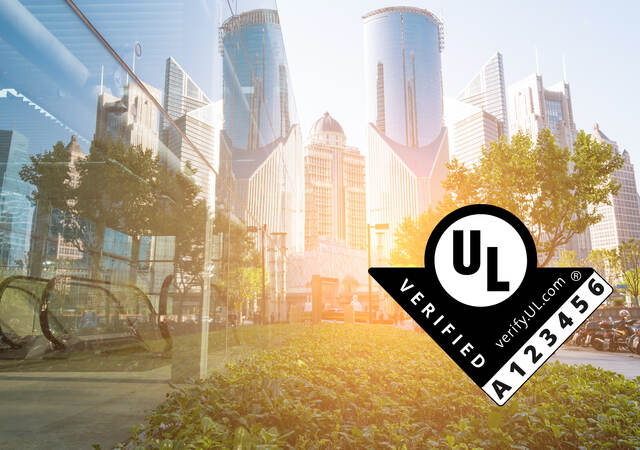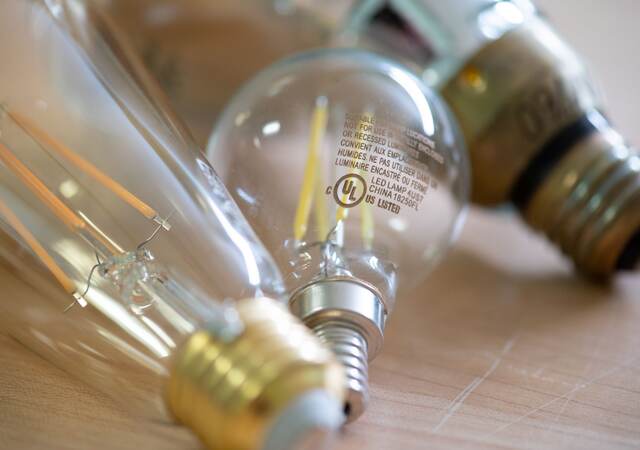December 16, 2024
On Nov. 26, 2024, significant revisions to UL 8801, the Standard for Photovoltaic (PV) Luminaire Systems, were published by UL Standards & Engagement.
The scope changes of UL 8801
In addition to scope expansions that allow more than low voltage luminaire systems, additional guidance for modules, connectors, batteries and systems now allows for a wider range of products to be certified under UL 8801. As the technology and industry evolve to include more photovoltaic applications, additional flexibility in the Standard will allow more manufacturers to pursue a path to certification.
Advantages for PV lighting manufacturers
The most recent revisions of UL 8801 include scope expansions that remove the “low voltage only” constraint from the Standard. This allows for more field-installable PV assemblies, and the new Annex D provides the needed safety guidance for the design of higher voltage PV systems and luminaires suitable for wet applications. Annex D also includes guidance for polymeric materials and other insulation, accessibility and grounding and bonding.
The ability to use an expanded range of PV modules is also included in the changes. Previously, only lower power PV modules were permitted. That limitation had precluded the use of many certified PV modules, which are typically larger than needed for this type of PV application. This change will significantly expand the supply chain options for PV systems covered under UL 8801.
More connector and overcurrent fuse devices are now permitted, opening the path for PV systems to use lower-cost componentry. Previous requirements had necessitated the use of higher-cost components built for more substantial applications.
Under the new edition, more guidance is provided for systems with integral wrap-around PV modules, such as lighting poles and bollards, and for outdoor (sunlight) testing in locations where specialized and costly solar simulator equipment is not available.
The revisions to the Standard also permit concurrent battery charging from the PV module and a utility connection (if provided). This change removes some limitations on both energy efficiency and recharging speeds, giving manufacturers more design flexibility.
UL Solutions can help
Leverage our dedicated laboratory staff and their expertise in the photovoltaic lighting product category to expand your file and help prove that your photovoltaic systems meet safety standards and requirements. In addition to our rigorous safety testing and certification, UL Solutions can bundle performance testing, chemical testing, Marketing Claim Verification, sustainability certifications and other services to help you bring your products to market.
Contact our experts today to discuss your project needs, to determine whether your products fit within the recently expanded scope of UL 8801, or to start a new project.
The revised Standard and full scope of changes can be found at UL Standards Sales Site.
Get connected with our sales team
Thanks for your interest in our products and services. Let's collect some information so we can connect you with the right person.

